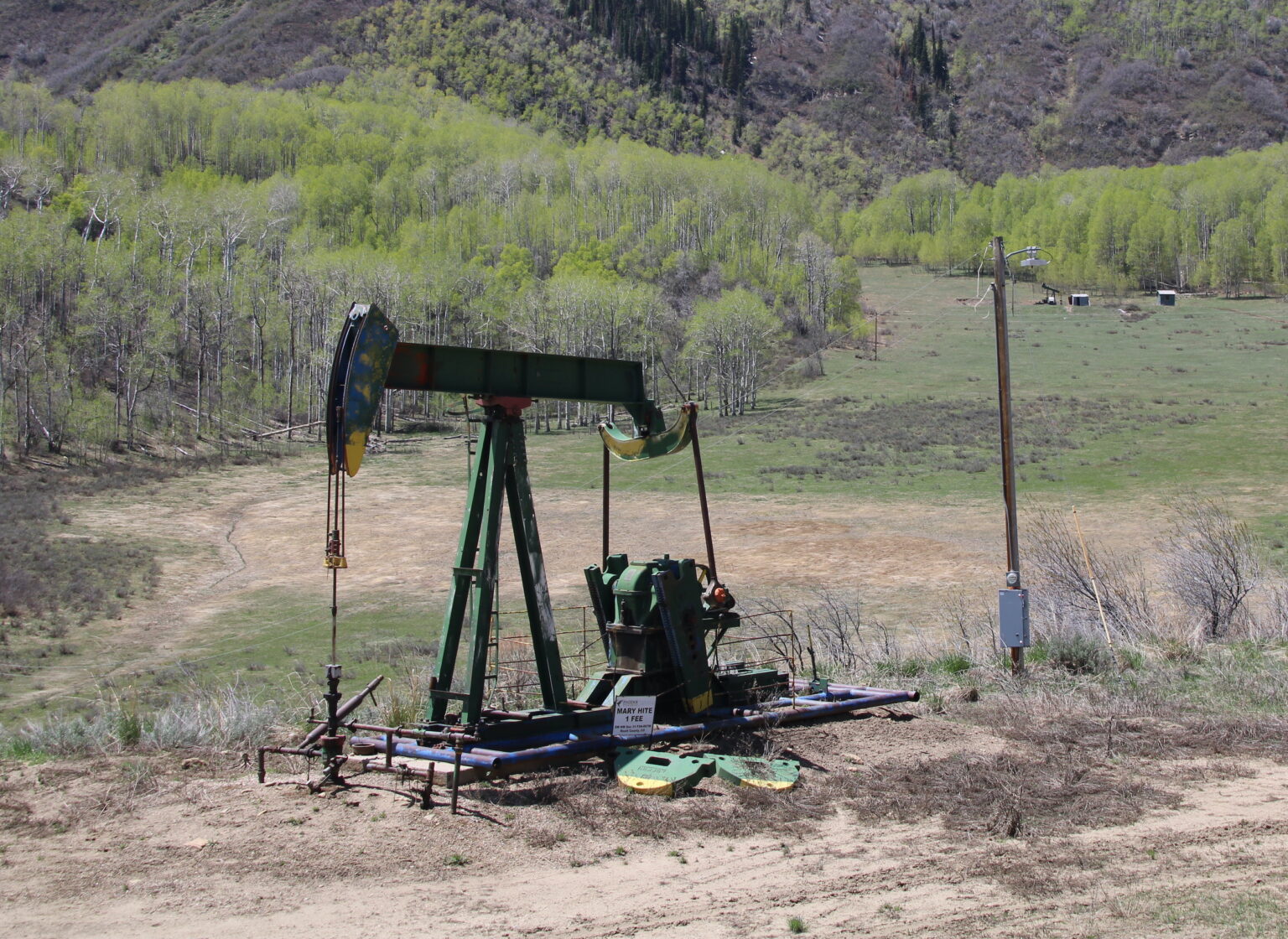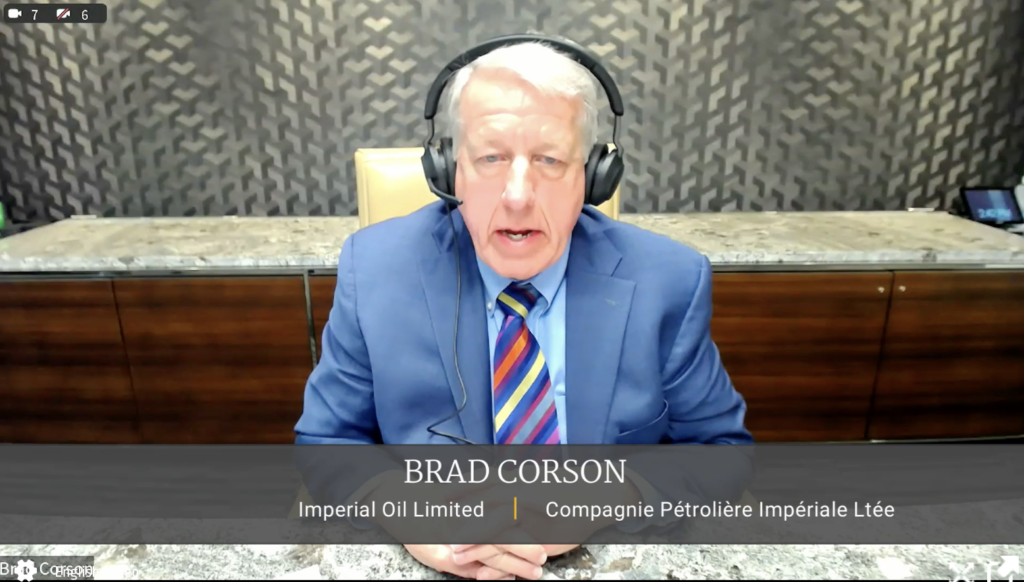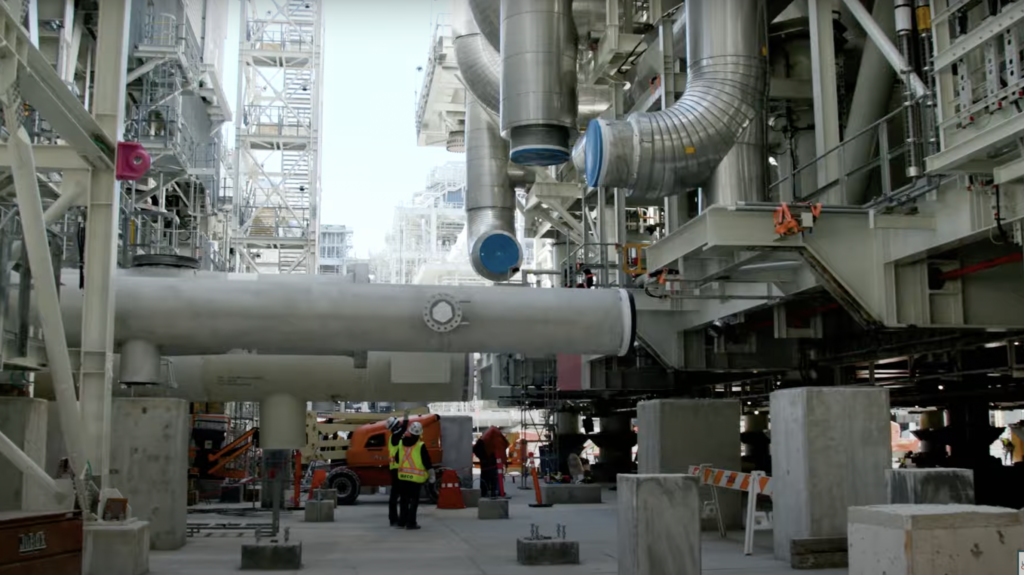Published in partnership with The Guardian.
As costs related to aging oil and gas wells start to pile up across the U.S., regulators are looking for ways to force fossil fuel companies to foot the bill — and Colorado is supposed to have the answer. The state recently overhauled the financial and regulatory tools it uses to hold producers accountable, a much-lauded approach that Colorado governor Jared Polis last year called “an example the nation can follow.” And yet, unless the state acts quickly and decisively, those rules may end up with its taxpayers on the hook to pay for a $3 billion shortfall. That’s according to a new report published Thursday by the Carbon Tracker Initiative, an energy-focused think tank.
Unless properly decommissioned, unplugged oil and gas wells can continue to leak cancer-causing chemicals and the powerful climate pollutant methane. But the process of shutting down extraction sites is costly and complex, requiring operators to plug deep holes with concrete, remove surface-level equipment, and restore the surrounding land. According to Colorado’s Energy and Carbon Management Commission (ECMC), the state’s energy regulator, it can cost $110,000 or more to close a single well.
In an exhaustive analysis, Carbon Tracker found that 27,000 oil and gas wells in Colorado — more than half of the state’s total — cannot possibly generate enough revenue to cover their own cleanup costs. These wells are located in areas with rapidly declining production volumes, where most of the profits were sucked out of the ground years ago. Collectively, these wells can only hope to generate another $1 billion in revenue, according to Carbon Tracker’s report. But all those sites will cost $4 to $5 billion to decommission responsibly, the analysts found — a looming cash shortfall of at least $3 billion.
Subscribe to our newsletter
Stay up to date with DeSmog news and alerts
Even if those 27,000 wells wring every last dollar from the ground, their operators won’t be able to afford to pay what’s coming due, the Carbon Tracker analysts argue. And unless rapid action is taken now, the public will forever be on the hook.
“The biggest problem here is just the nature of this activity: You make a lot of cash at the beginning, and then you have a big cost at the end,” said Rob Schuwerk, executive director of Carbon Tracker and a co-author of the report. “The way you cover a cost like that is you make people save along the way, and this is not done now.”
This dynamic is widespread across the U.S. In the 15 biggest oil- and gas-producing states, funds on hand for cleanup amount to less than two percent of estimated costs, a recent analysis by ProPublica and Capital & Main has found.
“It’s frankly dangerous for Colorado to imply this is the best we can do.”
Margaret Kran-Annexstein, Sierra Club Colorado
Oil and gas companies are legally obligated to clean up their spent wells, and Colorado has long required operators to issue bonds for their wells as a form of financial assurance, like a security deposit. But those rules have never been rigorous enough to incentivize the prompt closure of well sites. For years, the state offered “blanket bonds” that allowed companies to meet the financial assurance requirement for as little as $600 per site — just a tiny fraction of what the process costs.
It was cheaper to walk away, and many companies did just that. Today, there are nearly 1,000 “orphan” wells in Colorado, according to ECMC — wells that no longer have a financially solvent operator, and have become the responsibility of the state. A similar situation has played out in other regions across the country. Today, operators have stranded more than 120,000 orphan wells nationwide, a situation made possible by years of permissive policy.
“The bonding isn’t enough. It’s never been enough,” said Kelly Mitchell, a senior analyst at Documented, an oil and gas industry watchdog group who monitors orphan well issues. “And I think the states typically aren’t being very sober in considering the scale of the problem they’re facing.”
“Colorado may claim to be more forward thinking, or that it’s the best oil and gas regulator in the nation, but companies are still taking advantage of major follies in state policy,” said Margaret Kran-Annexstein, director of the Sierra Club’s Colorado chapter. “Even under the new rules, the gap between projected cleanup costs and secured bonding is measured in the billions of dollars. It’s frankly dangerous for Colorado to imply this is the best we can do.”
ECMC declined to arrange interviews for this story, citing staffing changes and scheduling conflicts. In emailed comments in response to the findings of this story, ECMC community relations supervisor Megan Castle noted that plugged wells outnumber unplugged wells in Colorado.
“Colorado’s financial assurance structure is designed to ensure operators — not the State — remain responsible for the entire lifecycle of the well and site,” she wrote, adding that Colorado’s bonding programs are meant to act as “a backstop” only when companies cannot fulfill that obligation themselves.
The Western States Petroleum Association did not respond to a request for comment.
Financially Unassured: The New System’s Failure
In 2019, Colorado became one of the first states to try to take comprehensive action on the ballooning costs of oil and gas cleanup. That year, lawmakers passed SB-181, a sweeping piece of legislation that set the stage for a broad regulatory overhaul, while also giving ECMC a mandate to protect human health and the environment over industry profits. The law was passed, in part, to hold fossil fuels companies accountable for their plugging obligation. Though it took a few years to work out the specifics, by 2022, the commission had finalized rules that chair Jeff Robbins called “the most robust in the country.”
The new rules included a fee on producers and also restrictions around transferring wells, an effort to stop the industry-wide practice of bigger companies selling off low-producing wells to smaller, poorer companies. But the centerpiece was the revised financial assurance requirements, which Robbins called “by far the highest” in the nation.
“The financial assurance rules that were developed in this rulemaking are truly a paradigm shift,” ECMC commissioner John Messner said at the time. “They fundamentally change how financial assurance for oil and gas activities in the State of Colorado are addressed.”
In a first for the state, ECMC required every operator to develop a unique, company-specific bonding plan, a departure from the highly general blanket bonds of the past. This approach allows companies to choose from a suite of six financial assurance options as a starting point, depending on production levels and perceived financial risk. Though publicly traded companies with high-producing wells can skate by on a single $40 million bond, most other companies have bonding amounts determined on a per-well basis, a major departure from the past. The hope was that this more personalized framework would finally force companies to bond their wells sufficiently, making it harder to walk away.
Environmental advocates generally celebrated the new approach — which some hailed as a template for the country.
“Colorado has pretty much solved its orphan well problem, and kudos to them,” said Adam Peltz, an Environmental Defense Fund researcher, in 2022 comments to the Washington Post. “The rest of the country needs to do it now, too.”
But two years later, the new rules have failed by a basic measure: Colorado has less financial assurance on hand today than it did in April 2022, the last month under the old paradigm.
‘More Loopholes Than Net’
In a May 22 presentation, ECMC commissioner Karin McGowan, who left the commision on June 14 to start a new position as executive director of the Denver Department of Public Health, explained that the state so far only received $228 million in financial assurance, compared to the $243 million it had in 2022. That number is even lower today. PDC Energy, a publicly traded operator that is owned by multinational oil and gas giant Chevron, recently re-filed to reduce its financial assurance from $40 million to $14.5 million. That left ECMC with just $203 million on hand, 16 percent less than what it had in 2022.
That low total shows that the new rules still don’t do enough to reflect massive liabilities on the ground, according to the report. Though ECMC’s default estimate for the cost of plugging and remediating a well site ranges from $110,000 to $140,000, many companies aren’t required to put up that much assurance. Since they’re thought to be more secure, companies with higher production levels get a deep discount on their bonding requirement, ranging from $18,000 to just $1,500 per well — an approach that rewards them for their apparent financial stability but can discount the huge overall cost of plugging their wells.
Lower-producing companies must bond at an amount equal to the full cost of closing their wells, but they’re allowed to spread out the cost via annual contributions over a period 10 or 20 years. That makes compliance easier for companies but, in a 2022 report, Carbon Tracker analysts called it a “big risk” to “assume that operators with low average production will be around 10 or 20 years.” Those companies may default before they’re fully bonded, in other words — with uncovered liabilities still on the books.
To make matters more complicated, the rules allow for a certain amount of exemptions and exceptions. For instance, companies can designate a certain number of “out of service” wells — idle wells that then don’t factor into the overall production calculation, allowing them to qualify for a more attractive plan.
“Only operators with the highest production and therefore lowest risk of stranding assets are allowed to declare wells as out of service. Operators using this route must commit to plugging these wells within 6 years,” ECMC’s Castle said, by email. But the Carbon Tracker report notes that there is currently no penalty for failing to do so.
Companies can also propose a fully custom plan based on demonstrated costs, a “choose your own adventure” approach to bonding. These carve-outs and loopholes give companies a range of compliance options, and require ECMC to constantly exercise discretion.
The end result, said Dwayne Purvis, a petroleum engineer and consultant in Texas who co-authored the report with Schuwerk, is that companies generally aren’t bonding enough to counter the state’s dramatic liabilities. There are so many alternatives to choose from that the rules end up being “more loopholes than net.”
Basin Economics
To demonstrate, the Carbon Tracker report analysts looked to examples in northwest Colorado’s Piceance Basin, where average production volumes have slowed to a trickle — about four barrels of oil equivalent per day on average. The three biggest companies in that region — Terra Energy Partners, Caerus Operating, and Laramie Energy — represent $2.68 to $3.35 billion in collective decommissioning liability, according to Carbon Tracker’s estimate. But they’ve only issued $53.2 million in well plugging bonds all together, an amount that covers thousands of sites and less than two percent of their total risk.
Meanwhile, the analysts write, future production from the entire Piceance Basin will only generate about $1 billion in cash flow, leaving operators there “profoundly unable to pay for their decommissioning.” That same dynamic is in play throughout much of Colorado.
“Can these wells pay for their own retirement? What we’re seeing really is that of the nine basins that can be covered, eight clearly cannot,” Schuwerk said.
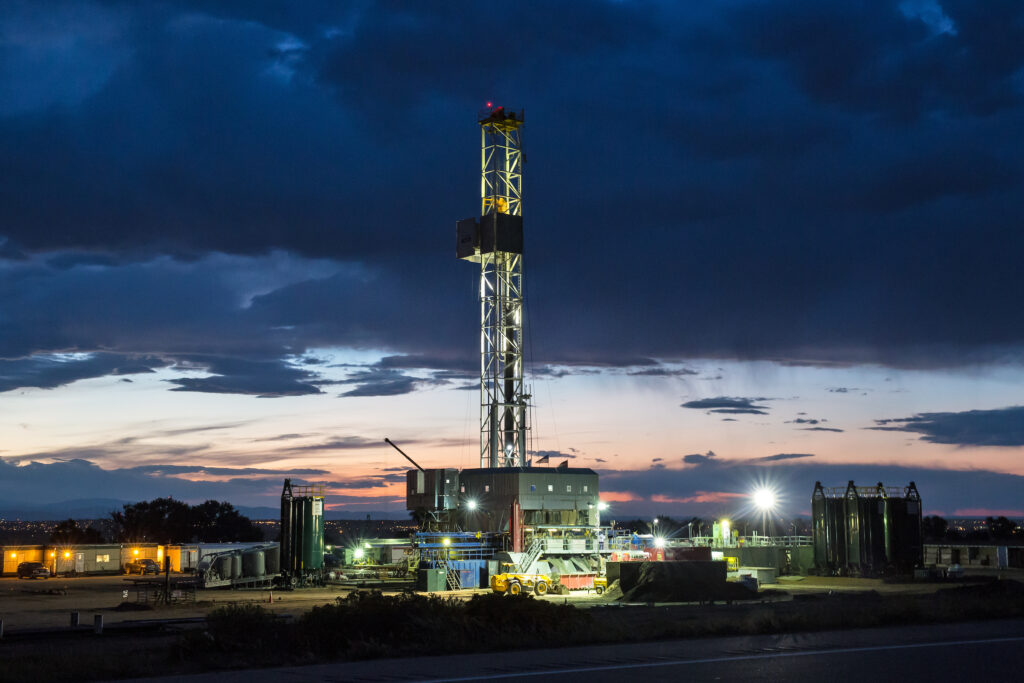
The one bright spot? Rich reserves in a single region — the Denver-Julesburg Basin — can generate more than enough profit to one day close down all of the state’s 47,000 wells, an inevitable prospect that will require an outlay of between $6.8 and $8.5 billion, according to Carbon Tracker’s estimate. That’s in stark contrast to a state like California, where the value of all the state’s remaining oil reserves fall far short of total decommissioning costs.
For Colorado, the problem is that most of those future profits are concentrated in the hands of just three public companies — Chevron, Occidental, and Civitas. The 27,000 low-producing wells owned by smaller, more vulnerable companies can’t use the coming cash bonanza to offset their risk.
Schuwerk called it “a case of haves and have-nots,” and existing ECMC policy doesn’t do much to correct that fundamental imbalance: One group is sitting on billions in profits; the other can’t afford to resolve its billions in liabilities.
Accounting for a Lack of Accountability?
At least one operator has already said it can’t pay. K. P. Kauffman, Colorado’s largest reported owner of low-producing, so-called “marginal” oil wells, could not come up with a bonding plan that ECMC was willing to approve for its more than 1,000 sites. In response, ECMC ordered the company to bond at its default rate — $130,000 per well — which came to around $133.3 million, bonded over the course of 10 years. The company, which has said it could not afford to pay a $2 million fine from ECMC, according to the Colorado Sun, has sued in protest of the amount.
Peter Morgan, a senior lawyer with the Sierra Club’s Environmental Law Program, said, “One really perverse effect of inadequate bonding is that it creates a powerful disincentive for ECMC to take needed enforcement action.”
Enforcement has been an issue more broadly, a sign that even the flexible bonding arrangements offered by the commission are already perceived as a burden. As of June 21, at least 26 operators had not yet filed financial assurance forms after ECMC approved their bonding plans, adding up to more than $26 million in required bonding that has still not come in. Though operators have 90 days to post their bonds after the commission’s approval, several companies are very behind schedule. Two — Locin Oil Corporation and the Dover Atwood Corporation, who agreed to ten-year bonds of $20 million and $6.3 million respectively — are more than a year late, according to a review of public documents. Their second-year bonds are already due, and the first year installments haven’t yet come in.
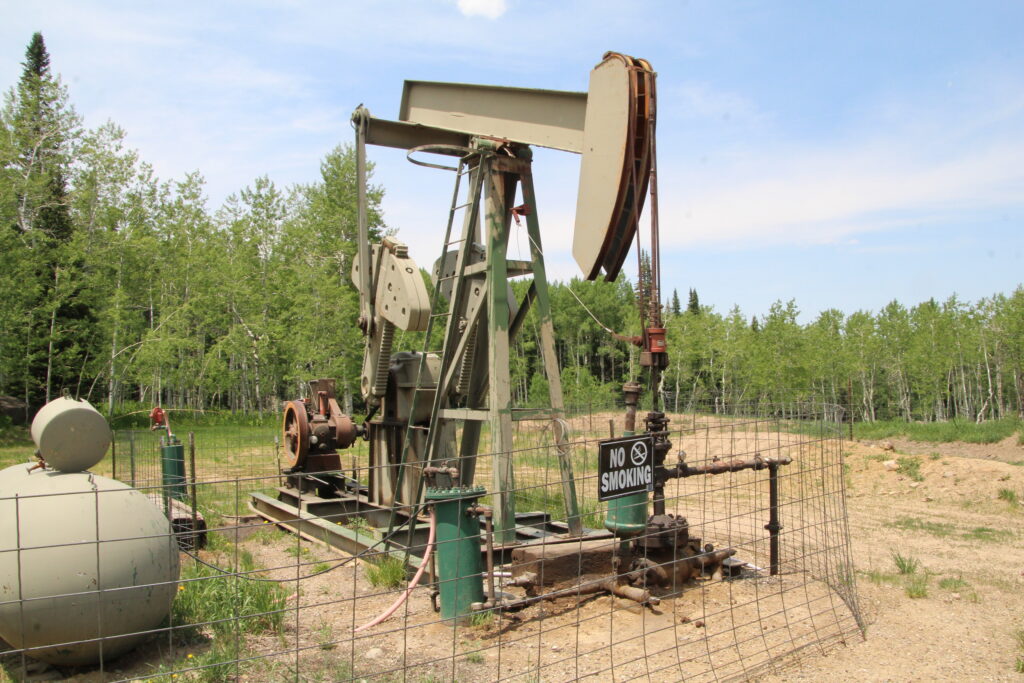
Dozens of companies simply haven’t complied with the new rules at all. As of June 25, according to an ECMC database that tracks daily activity in the oil and gas bonding space, 66 companies hadn’t even filed initial paperwork yet. Together, these companies represent 1,075 wells — and nearly $130 million in liability, if calculated at $130,000 per well site.
In the May 22 public webinar, then-commissioner McGowan said ECMC was working on the problem.
“They have been sent some enforcement letters,” she said of the non-responsive companies. “They are currently in enforcement with the commission and we are trying to close that out and find out what’s going on with those operators.” She added that this group represented a small overall proportion of the total number of unplugged wells in the state, about two percent.
Still, it’s unclear what will happen with those companies’ wells — and given the huge amount of liability in the state, every dollar matters. After initially telling the Colorado Sun it planned to have $820 million in bonding in hand by 2044, ECMC has since revised its 20-year estimate downward due to a double-count of certain bonds. On the May 22 webinar, McGowan said the commission now plans to have just $613 million in financial assurance 20 years from now.
There are reasons to believe that amount may ultimately be lower, including the large number of unresponsive operators, and the uncertain status of K. P. Kauffman’s $133 million bond. But even if every dollar of that $613 million comes in as planned, it’s not enough: Colorado still faces an imminent $3 billion shortfall from 27,000 low-producing wells. And a separate analysis by Carbon Tracker, shared with DeSmog and The Guardian, showed that the amount of liability due today from wells at near-term risk of being orphaned if their operators walk away is over $520 million. In other words, the amount of assurance ECMC plans on for 20 years from now may barely cover what’s already needed today.
“Negotiation and compromise cost six years of delay with no tangible improvement,” the Carbon Tracker analysts conclude. Meanwhile, the existing rules appear to be doing little to incentivize well plugging. In the legacy drilling areas outside the state’s only profitable basin, operators plug just 0.4 percent of their wells each year, according to Carbon Tracker. The analysts found that, if this pace were to continue, it will take companies in those eight basins 250 years to fully decommission all their wells.
Going Beyond Bonding
I asked Adam Peltz, the Environmental Defense Fund lawyer who praised the ECMC’s rules in 2022, if he still felt bullish about the program. He insisted that Colorado was still better off than other states, citing examples like Pennsylvania, where there is no bonding at all for wells drilled before 1987, and New Mexico, which has struggled to pass more rigorous rules, in part due to industry influence. Both states have many more unplugged wells than Colorado does.
Ultimately, he said, Colorado will need to look outside the bonding system to solve its massive shortfall.
“You can’t solve this problem with bonds alone, because for so many companies it’s too late,” he said. “They’ll never generate enough money to pay to close their own wells.” But he pointed out another aspect of the rules developed in 2022 — the fee on producers. Currently, that program only generates $10 million a year, which Peltz conceded is not enough to overcome the billions Colorado faces in oil and gas liabilities, even considering that some of it is eligible to be matched by federal money thanks to a provision in the Inflation Reduction Act.
“It’s possible that, as this plays out in Colorado, ECMC will have to raise that $10 million a year figure to 20 to 25 million” to cover liabilities more sufficiently, he said. The good thing about that approach, he said, is that a fee on producers would help apply revenue generated in the resource-rich Denver-Julesburg to plugging in depleted areas of the state, helping to address the fundamental imbalance in the state. He feels the existing rules, while not yet sufficient, lay the groundwork for that approach.
“Colorado’s innovation was saying, here’s this additional fee, you need to pay to socialize the cost of plugging these wells among all operators,” he said. “I wish every state would do that.”
The Carbon Tracker report does not recommend specific policy solutions to address the looming shortfall. But it ends by suggesting that major reforms are needed.
“Given the substantial delay and deficiency of the first effort at reform, another round of policymaking must consider novel and muscular alternatives that can provide comprehensive coverage simply and quickly,” the analysts write, “or else decide by omission to allow oil companies to conclude their business in the state and leave their mess behind for taxpayers to clean up.”
That includes finding a way to force the public companies in the Denver-Julesburg Basin to start holding back profits now — something the current rules don’t do. Otherwise, they, too, will eventually go upside down, repeating the mistakes of the past.
Mitchell, the Documented analyst, remembers advice she first heard from a former colleague at the Department of the Interior: “The best time to collect is on payday.”
“In this period of record profits for the oil and gas industry,” she said, “this is kind of it.”
CORRECTION (6/27/24): The original version of this story stated that remaining production can offset two percent of cleanup costs in the 15 biggest oil and gas producing states, according to the ProPublica and Capital and Main analysis. That has been corrected.
Subscribe to our newsletter
Stay up to date with DeSmog news and alerts


